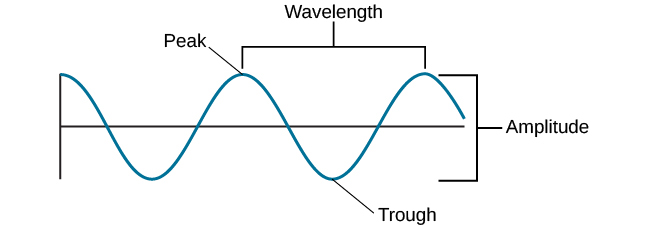Electromagnetic waves
Regardless of whether it's using the internet or calling someone, cell phone has to transmit signals wirelessly. This is done using electromagnetic radiation.We know that waves have couple of properties, main ones being amplitude and wavelength. Let's look into the last one.
When wavelength is between 400 and 700 nanometers, that wave represents a color in white light, i.e. visible spectrum of light (more about visible spectrum in our article about rainbows at THIS LINK ).
When wavelength is below 400nm, that wave has much more energy, and can pass through some less dense materials. Those can be X-rays, used to see inside a human body.
Lastly, when wavelength exceeds 700nm, it is considered radio wave. These waves are able to travel bigger distances and bend around objects, so they have all usefull properties for their use in comunication. To achieve that, we need a way to manipulate their properties and carry information.


